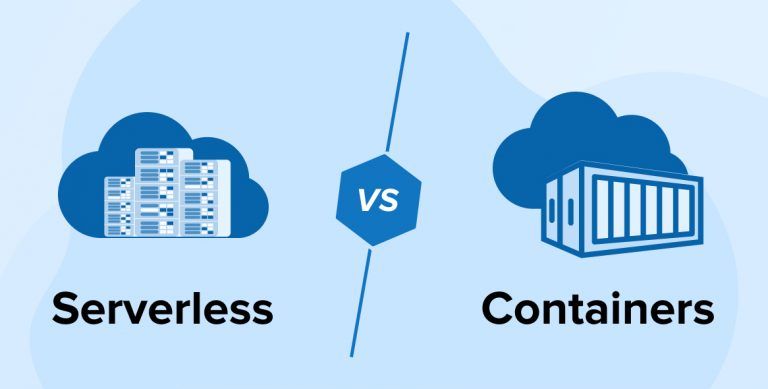Serverless Runtime or Container, are the same?

As technology evolves, businesses constantly seek more efficient and scalable solutions for their applications. Two popular serverless technologies are serverless containers and serverless runtimes. But what exactly sets these two technologies apart, and which one is right for your needs?
Serverless Containers
Serverless containers combine the flexibility of containers with the benefits of serverless architecture. They provide an environment where applications can run in isolated containers without the need to manage the underlying infrastructure. This solution ensures there is always at least one active replica, eliminating cold starts and ensuring immediate response times. This makes it ideal for complex applications where performance and reliability are critical.
Key Features of Serverless Containers:
- No Cold Starts: With always-active replicas, serverless containers avoid the latency issues associated with cold starts, making them suitable for production websites and applications requiring immediate responsiveness.
- Scalability: Containers can handle multiple connections simultaneously, and resources can dynamically scale to meet demand. If resource consumption increases, a new container is automatically spawned to handle the load efficiently.
- Resource Efficiency: Serverless containers offer efficient resource utilization. Instead of spawning a new process for every request, as in serverless runtimes, containers can manage multiple requests, reducing overhead and costs.
- No Timeouts: Unlike serverless runtimes, serverless containers are not subject to timeout limits, allowing them to handle long-running processes and complex applications without interruption.
- Flexible Resource Allocation: There's no maximum memory per request, enabling containers to manage heavy workloads and resource-intensive tasks seamlessly.
Serverless Runtimes
Serverless runtimes, also known as Function-as-a-Service (FaaS), allow developers to run code in response to events without managing servers. They are ideal for small, short-lived tasks and are often used for microservices, API backends, and other lightweight applications.
Key Features of Serverless Runtimes:
- Event-Driven Execution: Serverless runtimes are triggered by specific events, running code only when needed. This makes them cost-effective for infrequent or unpredictable workloads.
- Scalability: Each request spawns a new instance of the function, providing automatic scaling to handle incoming traffic. However, this can lead to cold starts, which are delays that occur when a function is invoked after being idle.
- Cost Efficiency for Small Workloads: For small websites or applications with low resource demands, serverless runtimes can be more cost-effective since you only pay for the execution time and resources used.
- Simple Management: With serverless runtimes, there’s no need to manage infrastructure, making it easier to deploy and scale applications quickly.
Choosing the Right Technology
While both serverless containers and serverless runtimes offer significant benefits, the choice depends on the specific needs of your application.
When to Choose Serverless Runtimes:
- Small Websites: Ideal for low-traffic websites where cold starts won’t significantly impact user experience.
- Event-Driven Tasks: Suitable for applications that can benefit from an event-driven architecture with short-lived tasks.
- Cost Efficiency: When running lightweight processes, the pay-per-execution model can be more economical.
When to Choose Serverless Containers:
- Complex Applications: Perfect for applications requiring high performance, continuous availability, and the ability to handle long-running processes.
- Production Websites: With no cold starts and always-active replicas, serverless containers ensure a seamless user experience.
- High Resource Demands: For applications that need to manage large volumes of data or have significant memory and processing requirements.
What JAMflow Offers
At JAMflow, we provide a serverless container solution that leverages a global network of edge data centers across the US, EU, Japan, and Australia, ensuring optimal performance and scalability. Our platform differs from other container-as-a-service providers by billing based on the resources used and reserved, not by the container limits. This approach offers a more cost-effective and transparent pricing model.
Key Benefits of JAMflow:
- Global Reach: With 14 edge data centers, your applications run smoothly and efficiently, regardless of location.
- No Cold Starts: Always-active replicas ensure immediate response times and eliminate latency issues.
- Efficient Scaling: Dynamically scale resources based on demand, reducing overhead and improving performance.
- Cost-Effective Billing: Pay only for the resources you use and reserve, not for container limits, making it an economical choice for businesses of all sizes.
Explore the power of serverless containers with JAMflow and take your applications to the next level with our innovative and cost-effective solutions.
Image source: medium.com
